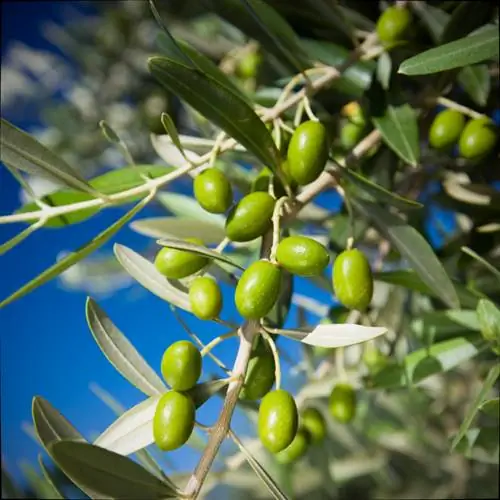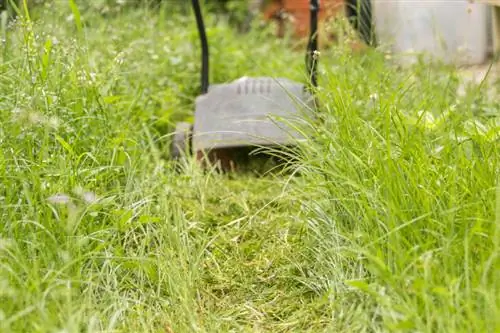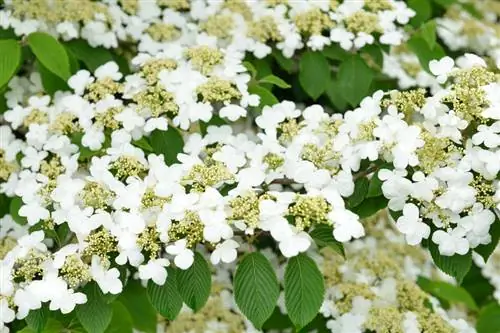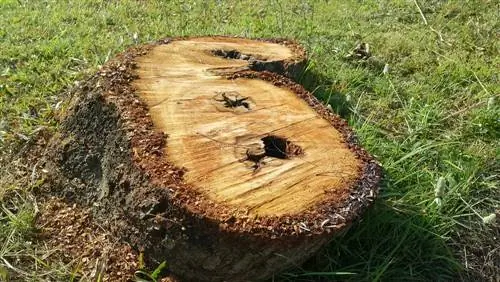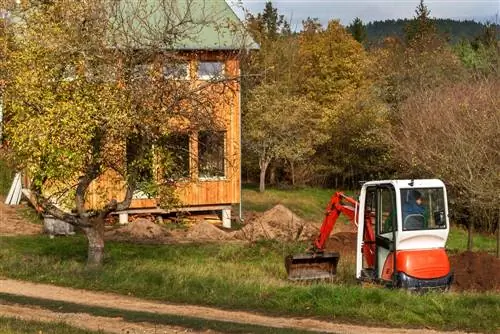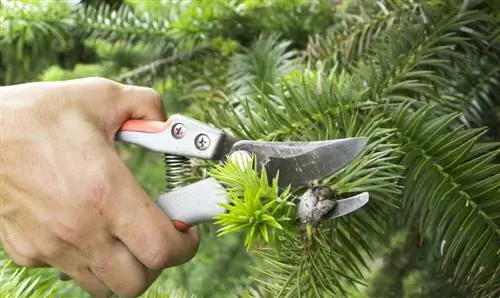- Author admin [email protected].
- Public 2023-12-16 16:46.
- Last modified 2025-01-23 11:19.
Strictly speaking, the very slow-growing olive tree does not need any additional nutrients. The soils of his Mediterranean homeland are rather nutrient-poor and his roots are designed to extract even the slightest ounce of nutrients and moisture.
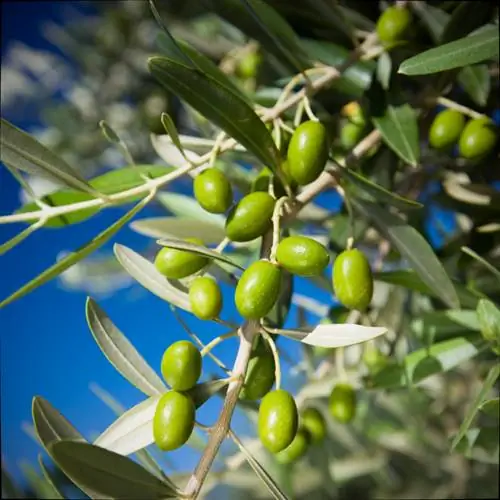
How should you properly fertilize an olive tree?
Olive trees should be fertilized every 14 days during the growing season (April-September) with commercially available complete fertilizer or slow-release fertilizer. Young trees require less fertilizer. Fertilization is not recommended in winter.
Stimulate growth with the right fertilizer
For this reason, it is actually completely sufficient if you repot your olive tree about every two to three years and replace the used substrate when you do. However, olives grow very slowly - and additional fertilizer, especially with phosphate and nitrate, can stimulate growth and increase your tree's resistance to diseases and pest infestation.
Which fertilizer is suitable?
Unfortunately there is no special fertilizer for olive trees available to buy commercially. However, commercially available complete fertilizer is completely sufficient. It is best to use a fertilizer for balcony or potted plants or a slow-release fertilizer (€14.00 on Amazon).
How to fertilize?
In the growing season between April and September, you should fertilize your olive tree about every 14 days. Add liquid fertilizer to the water according to the package instructions and water the tree with it. Alternatively - for example in very dry and hot summers - you can also pour the mixture into a spray bottle and spray the plant all around. Please do not do this in the midday sun, but in the early morning or evening hours. Otherwise the leaves could suffer burns. Long-term fertilizer, on the other hand, only applies until July, because in the cold season the olive needs a break and must not be fertilized.
Observe winter break
In autumn and winter, an olive tree needs fewer nutrients, which is why you should stop fertilizing from around October. Olive trees can easily be over-fertilized, which in turn leads to disease and pest infestation. You should also limit watering in the winter months, but not stop it completely. Don't forget to water in winter, otherwise your olive tree risks drying out.
Frequency of fertilization depends on age
Make sure that younger trees need to be fertilized much less often than older ones. You can only start giving regular fertilizer to your full extent from the age of around two years. Before that, it is sufficient to only supply the young trees with a sixth of the usual amount of fertilizer in the spring and summer months. At this age, one fertilizer application per month is sufficient.
Do not fertilize seedlings and cuttings
You should under no circumstances encourage seedlings and cuttings to grow with fertilizer. The joy of the little tree would not last long because it would die quickly due to over-fertilization. The nutrients contained in the substrate are completely sufficient for such young plants. Apart from that, cuttings that are not yet or only slightly rooted are not yet able to absorb the nutrients administered.
Tips & Tricks
Leaves turning yellow can indicate an excess of water and nutrients on the olive tree, but also an infestation with spider mites. Use fertilizer as sparingly as possible, then your little tree will feel good all around.

